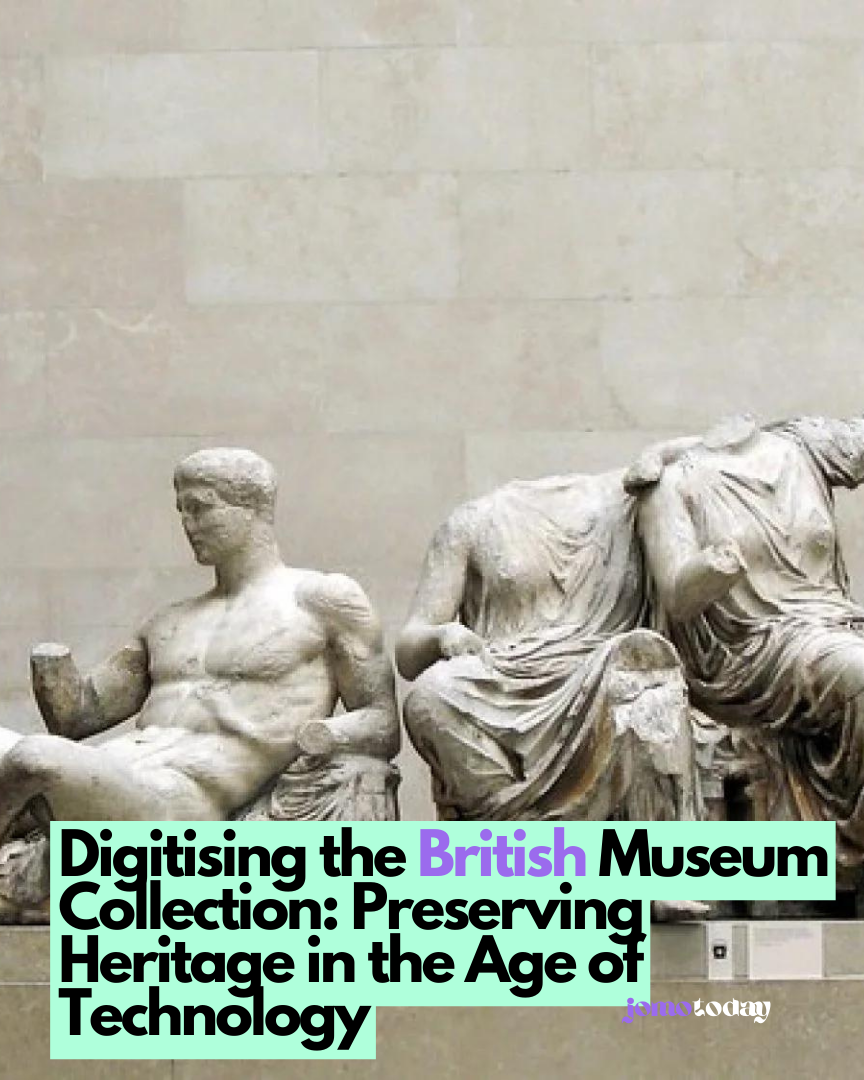In an ambitious move to protect its priceless treasures from theft and ensure wider access to its vast collection, the renowned British Museum has recently announced its plan to digitise its entire assortment. This initiative comes as a response to a series of unfortunate thefts that have affected several significant artifacts. The museum’s decision to embrace technology as a means of preservation reflects a proactive approach in safeguarding cultural heritage for future generations.
The British Museum, founded in 1753, is home to an extensive collection comprising millions of historical artifacts from around the world. These priceless objects not only represent the history and cultural identity of various civilizations but also serve as a valuable educational resource.
With the rise of digitisation and the advancement of technology, museums worldwide have been exploring innovative ways to protect and share their collections with a broader audience. The British Museum’s decision to undergo this massive project echoes this growing trend in the museum industry.
By digitising its collection, the British Museum aims to create a comprehensive digital archive that will enable researchers, scholars, and enthusiasts from across the globe to access the museum’s treasures with ease. This move not only enhances the accessibility of these invaluable artifacts but also reduces the risk of theft and damage.
Digitisation involves the meticulous process of digitally capturing each object, utilizing high-resolution imaging techniques, and employing cutting-edge technologies to ensure accuracy and authenticity. The team of experts at the British Museum will work tirelessly to create informative and visually captivating digital replicas of each artifact, faithfully preserving their intricacies and historical significance.
In addition to fostering accessibility, the digitisation project will also generate valuable data sets that can contribute to scholarly research and conservation efforts. Through comprehensive digitisation, experts and researchers will have the opportunity to conduct in-depth analyses, uncover hidden details, and even study patterns and trends that were previously impossible to observe.
While the digital repository will undoubtedly transform the way we interact with the British Museum’s treasures, it is important to note that this initiative does not replace the value of a physical visit to the museum. The palpable awe and emotional connection one experiences while standing in front of these ancient artifacts cannot be replicated through a screen.
The British Museum’s decision to digitise its collection exemplifies an innovative approach to preserving cultural heritage and embracing the boundless possibilities offered by technology. This ambitious undertaking sets an admirable precedent for other institutions to follow suit in safeguarding and sharing their invaluable collections. As we step into the future, the digitisation of cultural artifacts will continue to play an instrumental role in enriching our understanding of history and promoting a more inclusive and interconnected world.
Conclusion:
The British Museum plans to digitise its collection as a security measure following recent thefts. This initiative is aimed at improving security and safeguarding against further thefts.
Stay connected with www.jomotoday.com






Leave a Comment